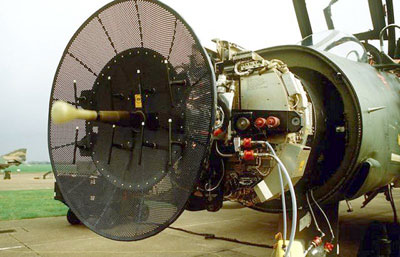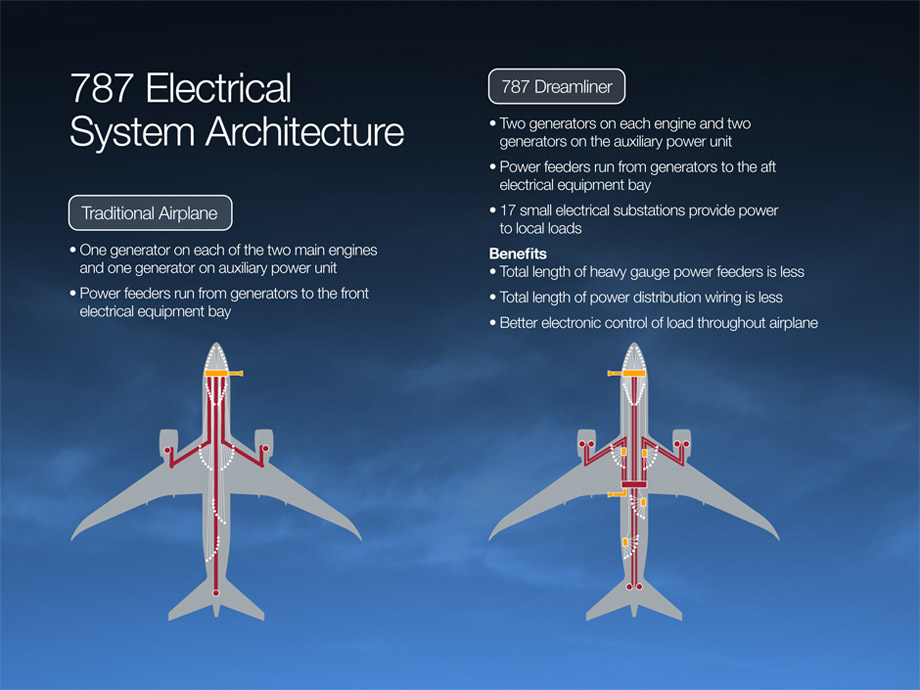b787
Captain
you will not understand what i said because for that you need to understand the 1, 2, 3 of basic electromagnetism and basic concepts of antenna design. I probably only understand 10 % of what is written
If you do not understand those basics, you can not understand what is an AESA, you need to understand what is an antenna polar diagram, to understand EASAs
and its directivity
AESA are not omnidirectional but use out of phase in phase features to achiever beam steering.
Old radars used a single TR module, modern radars can use 1600 modules thus you have 1600 mini-radars, thus miniaturization and computer play a part in what is an AESA, other factors like reflectors, 1/4 wavelength are still used, but basically still will be voltage and directivity what play the part in the range of radars.
Thus engines like 117S still are playing a big part in the range of Irbis, J-16 is unlikely to have the same type of radar with engines of 10% to 20% less thrust.
Last edited:




